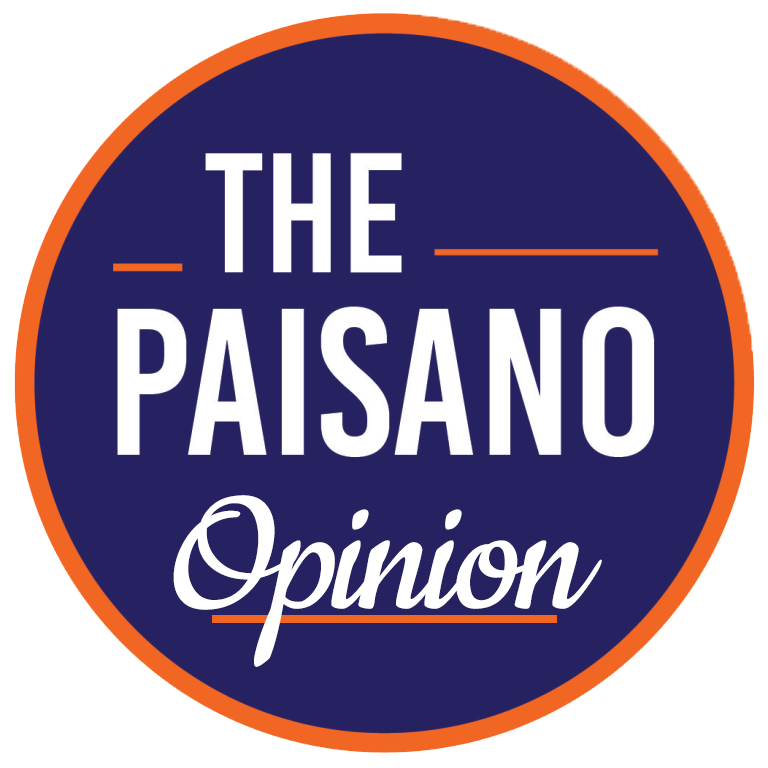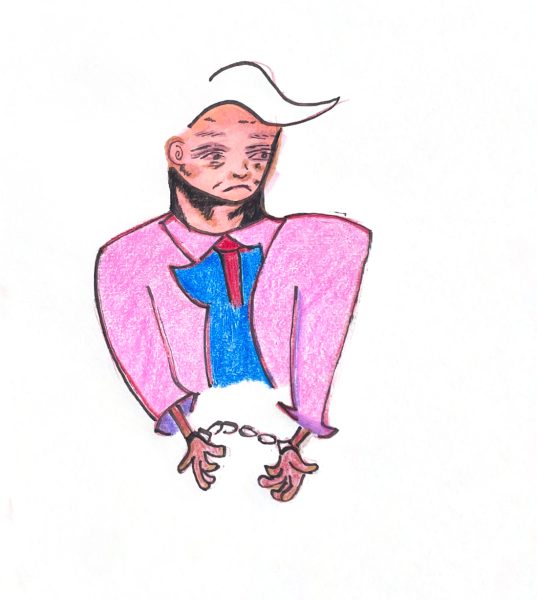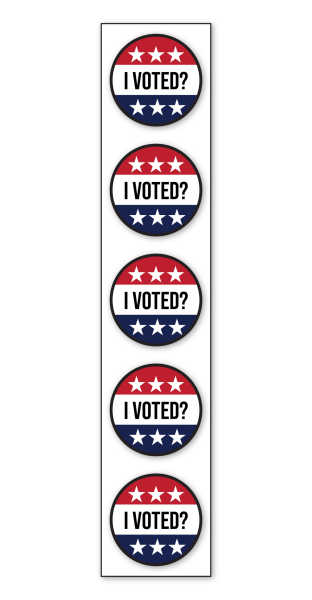Indigenous women need our help
April 19, 2022
We like to think of our policing institutions as serving our best interests. For some of us, they do, but as we have often seen in many communities, there is always a question of whether or not calling the police will actually do anything. The indigenous community faces this reality daily, as an epidemic of missing and murdered people surges and unsolved cases pile up.
Indigenous women face homicide rates that can be “more than ten times the national average,” according to the Centers for Disease Control and Prevention. In 2020, nearly six hundred cases remained unsolved by the end of the year. This problem of missing indigenous women has been ongoing and is not limited to the United States. Canada’s Highway of Tears — a 450-mile stretch of asphalt in British Columbia that is the epicenter of numerous cases of missing indigenous women — is a testament to a long and extensive history of people going missing and law enforcement failing to act. The result is that, as Amnesty International’s Rachel Ward puts it, “indigenous women are subject to a system of justice that is completely different from everyone else.” Women go missing, are reported by their families, and then the case is lost in a complex web of racial discrimination and bureaucratic apathy until their bodies are found in the snow.
Even when things do get done and laws are passed, the resulting task forces often lack the motivation, the resources, the jurisdiction or sympathy to properly address the needs of indigenous women. Recent moves by governors to enact measures to protect and find indigenous women have fallen short, often being mere “PR stunts that have operated on very fast timelines with very little results,” according to Annita Lucchesi, a researcher on missing indigenous women. Not only are these task forces ineffective, but they also center law enforcement. Police and government officials often lead investigations to nowhere and ignore the advice of survivors and women.
Indigenous women need to be at the center of these task forces. There is a long history of government task forces existing as show-pieces for politicians rather than actually helping. What is needed to help stop indigenous women from disappearing is to listen to what the communities are saying they need. Three simple things that the United States and Canadian governments have refused to give: more money, more visibility and, most importantly, more involvement of indigenous women.
For information about how to help indigenous women please visit: https://mmiwusa.org/













